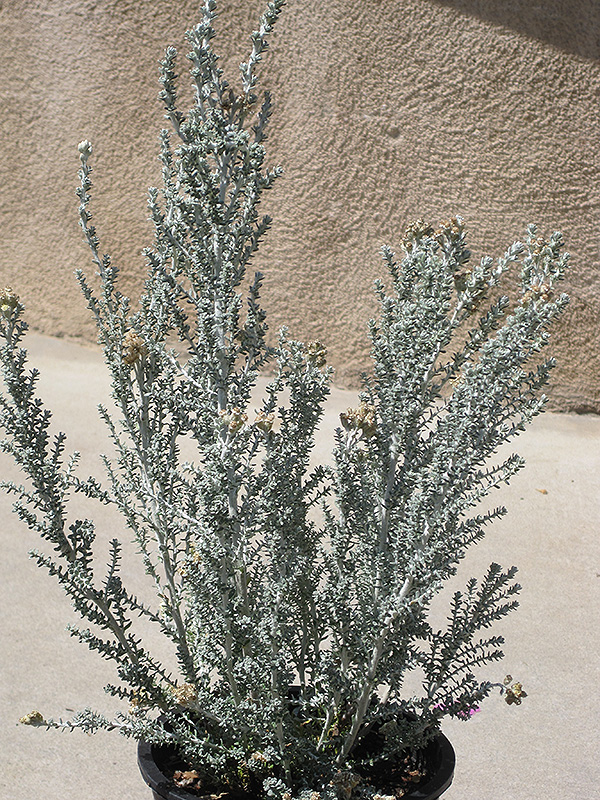Silver Cape Ozothamnus
Description
An airy evergreen shrub that produces upright, slender stems covered with tiny silver-green foliage; long lasting clusters of tiny lace-like white flowers all summer; loves heat, and is drought tolerant once established
Landscape Attributes
Silver Cape Ozothamnus is an open multi-stemmed annual with a mounded form. It brings an extremely fine and delicate texture to the garden composition and should be used to full effect.
Silver Cape Ozothamnus is recommended for the following landscape applications;
Planting & Growing
Silver Cape Ozothamnus will grow to be about 3 feet tall at maturity, with a spread of 3 feet. Its foliage tends to remain dense right to the ground, not requiring facer plants in front. Although it's not a true annual, this fast-growing plant can be expected to behave as an annual in our climate if left outdoors over the winter, usually needing replacement the following year. As such, gardeners should take into consideration that it will perform differently than it would in its native habitat.
This plant does best in full sun to partial shade. It is very adaptable to both dry and moist growing conditions, but will not tolerate any standing water. It is not particular as to soil type or pH. It is highly tolerant of urban pollution and will even thrive in inner city environments. This is a selected variety of a species not originally from North America. It can be propagated by cuttings; however, as a cultivated variety, be aware that it may be subject to certain restrictions or prohibitions on propagation.
Silver Cape Ozothamnus is a fine choice for the garden, but it is also a good selection for planting in outdoor pots and containers. Because of its height, it is often used as a 'thriller' in the 'spiller-thriller-filler' container combination; plant it near the center of the pot, surrounded by smaller plants and those that spill over the edges. It is even sizeable enough that it can be grown alone in a suitable container. Note that when growing plants in outdoor containers and baskets, they may require more frequent waterings than they would in the yard or garden.

